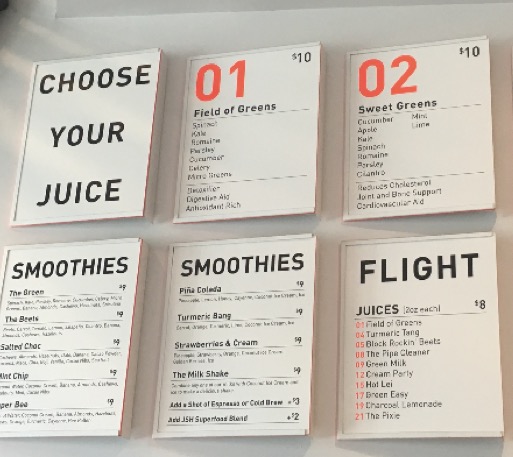Coffee Lab

The CODE-X series catalogs a vast codex of design source codes (aka “signs”) extracted from past audits.
The object of study in semiotics is not the signs but rather a general theory of signification; the goal of each “audit” is to build a model demonstrating how meaning is produced and received within a category or cultural territory. Signs on their own, therefore, only become truly revelatory and useful once we’ve sorted them into thematic complexes, and the complexes into codes, and the codes into a meaning map. We call this process “thick description”; the Code-X series is thin description.

“COFFEE LAB” NORM: Sense that the scientific method is at work, in this coffee/juice shop: research, experimentation, an unending search for perfect solutions.
“COFFEE LAB” FORMS: The gleaming, steel-and-glass equipment is part of it — but so is the systematized product list. For example, giving the products technical names like “01” and “J3” (Juice Served Here). The clean, tight, buttoned-up anti-chalkboard aesthetic.

(From a 2016 retail-design audit, commissioned by a national coffeeshop chain, of Los Angeles coffee/juice shops.)

